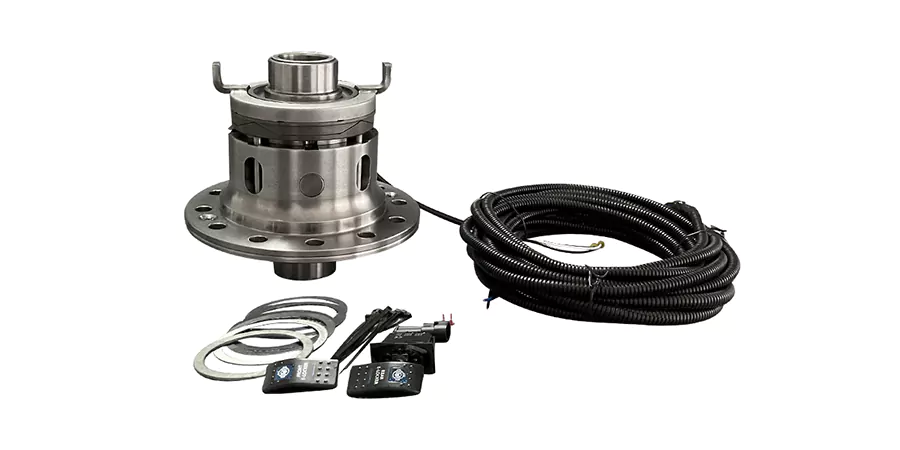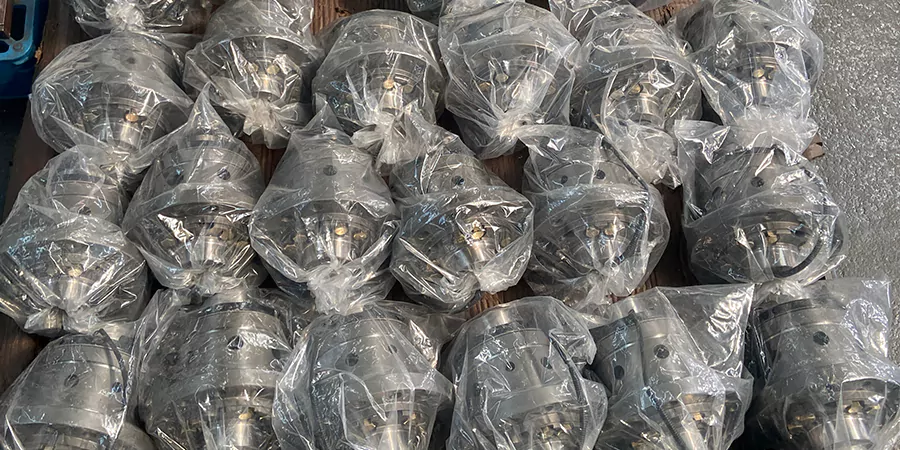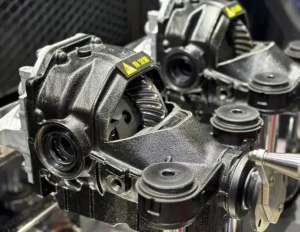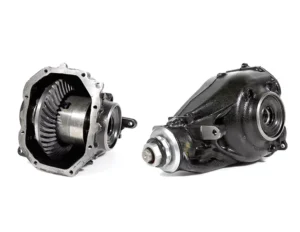Open Differential

LSD limited slip differential
Electric differential locker

Although the LSD limited slip differential is very powerful, it is still not enough for off-road vehicles. In extreme off-road conditions, it is very important to keep the power distribution between the left and right wheels at 1:1, and this is when the differential lock comes into play. The electric differential locker is the most primitive, simple and reliable type of differential lock. When the driver manually locks the electric differential locker, the differential lock is hard-connected inside, and the left and right wheels will no longer be allowed to have a speed difference. The wheels on both sides can always get 50% of the power distribution. This is very useful for off-road vehicles in road conditions such as shell pits and cross axles. If there is no differential lock, the vehicle cannot pass through such road conditions, and the power will always be transferred to the slipping wheels.
Automatic differential locker




